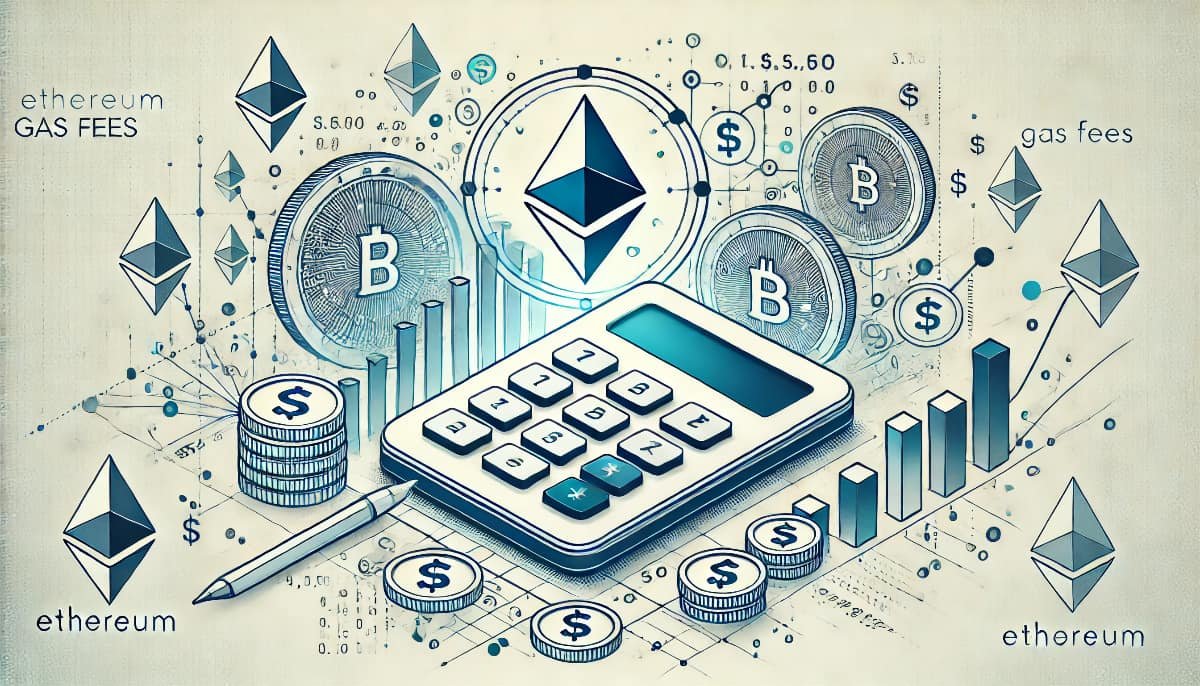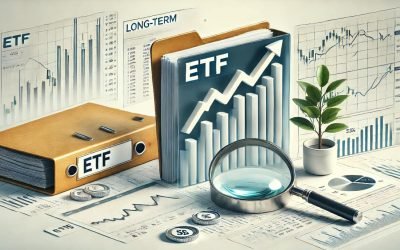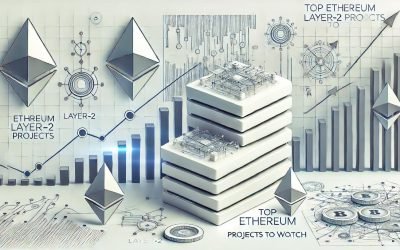Demystifying Ethereum Gas Fees: A Comprehensive Guide
Ethereum, the second-largest cryptocurrency by market capitalisation, has revolutionised the world of decentralised applications (dApps) and smart contracts. However, one of the most perplexing aspects for both new and seasoned users is the concept of gas fees. Understanding Ethereum gas fees is crucial for anyone looking to interact with the Ethereum network efficiently and cost-effectively.
Video: Ethereum Gas Explained
What Are Ethereum Gas Fees?
Ethereum gas fees are essentially transaction fees paid to miners for including transactions in a block. These fees are denominated in “gwei,” a subunit of Ether (ETH), the native cryptocurrency of the Ethereum network. One gwei is equal to 0.000000001 ETH.
The Role of Gas in Ethereum
Gas serves as a unit of measurement for the computational work required to execute operations on the Ethereum network. Whether you’re sending ETH, interacting with a smart contract, or deploying a new dApp, each action requires a certain amount of computational power, which is measured in gas.
Why Gas Fees Exist
Gas fees serve multiple purposes:
- Incentivising Miners: Miners are rewarded with gas fees for validating and including transactions in the blockchain.
- Preventing Spam: By imposing a cost on transactions, gas fees help to prevent spam and ensure that the network remains efficient.
- Resource Allocation: Gas fees help allocate network resources to those who value them the most, ensuring that high-priority transactions are processed promptly.
How Are Gas Fees Calculated?
Gas fees are calculated based on two main components: gas price and gas limit.
Gas Price
The gas price is the amount of gwei you’re willing to pay per unit of gas. This is a dynamic value that can fluctuate based on network demand. Higher gas prices incentivise miners to prioritise your transaction.
Gas Limit
The gas limit is the maximum amount of gas you’re willing to spend on a transaction. Different operations require different amounts of gas. For example, a simple ETH transfer might require 21,000 gas, while a complex smart contract interaction could require significantly more.
Calculating the Total Fee
The total gas fee for a transaction is calculated as:
Total Gas Fee = Gas Price x Gas Limit
Factors Influencing Gas Fees
Several factors can influence the gas fees on the Ethereum network:
Network Congestion
During periods of high network activity, gas prices tend to increase as users compete to have their transactions included in the next block. This is often seen during popular token launches or significant market movements.
Complexity of Transactions
More complex transactions, such as those involving smart contracts, require more computational work and therefore more gas. Simple ETH transfers are generally cheaper than interactions with dApps or DeFi protocols.
Gas Price Market
The gas price market is influenced by supply and demand dynamics. Users can set their own gas prices, and miners will typically prioritise transactions with higher gas prices. Various tools and platforms provide real-time gas price estimates to help users make informed decisions.
Strategies for Managing Gas Fees
Managing gas fees effectively can save you a significant amount of money, especially if you’re a frequent user of the Ethereum network. Here are some strategies to consider:
Use Gas Price Estimators
Several online tools provide real-time gas price estimates, helping you choose an optimal gas price for your transaction. Examples include ETH Gas Station and Gas Now.
Time Your Transactions
Gas prices can vary significantly throughout the day. By monitoring gas prices and timing your transactions during periods of lower network activity, you can reduce your costs.
Set a Custom Gas Price
Most wallets allow you to set a custom gas price. While setting a lower gas price can save you money, it may also result in longer confirmation times. Finding a balance between cost and speed is key.
Utilise Layer 2 Solutions
Layer 2 solutions, such as Optimistic Rollups and zk-Rollups, aim to reduce gas fees by processing transactions off-chain and then settling them on the Ethereum mainnet. These solutions can offer significant cost savings.
Impact of Ethereum 2.0 on Gas Fees
Ethereum 2.0, also known as Eth2 or Serenity, is a major upgrade to the Ethereum network that aims to improve scalability, security, and sustainability. One of the key components of Ethereum 2.0 is the transition from a Proof-of-Work (PoW) consensus mechanism to Proof-of-Stake (PoS).
Sharding
Sharding is a technique that involves splitting the Ethereum network into smaller, more manageable pieces called shards. Each shard can process its own transactions and smart contracts, significantly increasing the network’s overall capacity and potentially reducing gas fees.
Beacon Chain
The Beacon Chain is the backbone of Ethereum 2.0, coordinating the network and managing validators. By improving the efficiency and scalability of the network, the Beacon Chain aims to reduce congestion and lower gas fees.
Layer 2 Integration
Ethereum 2.0 is designed to work seamlessly with Layer 2 solutions, further enhancing scalability and reducing gas fees. As these solutions mature, users can expect more cost-effective transactions.
Case Studies: Real-World Examples of Gas Fees
To better understand the impact of gas fees, let’s look at some real-world examples:
DeFi Transactions
Decentralised Finance (DeFi) platforms often involve complex smart contract interactions, resulting in higher gas fees. For example, swapping tokens on a decentralised exchange like Uniswap can cost significantly more in gas fees compared to a simple ETH transfer.
NFT Minting
Minting Non-Fungible Tokens (NFTs) can also be gas-intensive. During periods of high demand, such as popular NFT drops, gas fees can skyrocket, making it expensive for users to mint new tokens.
Token Transfers
Simple token transfers, such as sending ERC-20 tokens, generally require less gas compared to more complex transactions. However, during periods of network congestion, even these transactions can become costly.
Future Outlook: The Evolution of Gas Fees
The landscape of Ethereum gas fees is continually evolving. As the network grows and new technologies are developed, we can expect several changes:
Improved Scalability
With the implementation of Ethereum 2.0 and Layer 2 solutions, the network’s scalability is set to improve significantly. This should help reduce congestion and lower gas fees over time.
Enhanced User Experience
Developers are continually working on improving the user experience by creating more efficient dApps and optimising smart contracts. These improvements can help reduce the gas required for various operations.
Alternative Blockchains
As gas fees on Ethereum remain a concern, some users and developers are exploring alternative blockchains that offer lower fees and faster transaction times. While Ethereum remains the dominant platform for dApps and DeFi, competition from other blockchains could drive further innovation and cost reductions.
Conclusion
Understanding Ethereum gas fees is essential for anyone looking to interact with the Ethereum network effectively. By grasping the concepts of gas price, gas limit, and the factors influencing gas fees, users can make more informed decisions and manage their costs better. As the Ethereum ecosystem continues to evolve with the advent of Ethereum 2.0 and Layer 2 solutions, we can expect significant improvements in scalability and cost-efficiency.

Q&A Section
Q1: What is the primary purpose of Ethereum gas fees?
A1: The primary purpose of Ethereum gas fees is to incentivise miners to validate and include transactions in the blockchain, prevent spam, and allocate network resources efficiently.
Q2: How is the total gas fee for a transaction calculated?
A2: The total gas fee for a transaction is calculated by multiplying the gas price (in gwei) by the gas limit. The formula is: Total Gas Fee = Gas Price x Gas Limit.
Q3: What factors can influence the gas fees on the Ethereum network?
A3: Factors influencing gas fees include network congestion, the complexity of transactions, and the dynamics of the gas price market.
Q4: How can users manage their gas fees effectively?
A4: Users can manage their gas fees by using gas price estimators, timing their transactions during periods of lower network activity, setting custom gas prices, and utilising Layer 2 solutions.
Q5: What impact will Ethereum 2.0 have on gas fees?
A5: Ethereum 2.0 aims to improve scalability and efficiency through techniques like sharding and the Beacon Chain, which should help reduce network congestion and lower gas fees over time.
Here are a few insightful articles on Ethereum gas fees and their economic implications:
- Ethereum.org offers a detailed explanation of how gas fees function on the Ethereum network. It breaks down the components of gas fees, including the base fee, priority fee, and the gas units used. The article highlights how gas fees are influenced by factors like transaction complexity, network congestion, and demand, and also mentions strategies like using Layer-2 solutions to reduce costs (ethereum.org).
- Investopedia provides a comprehensive guide on how gas fees are calculated and the key factors influencing them. It discusses how gas fees compensate validators for securing the network and explains the impact of network congestion on rising costs. This resource is particularly useful for understanding how the proof-of-stake system and network updates like EIP-1559 have affected gas fees (Investopedia).
- KuCoin Learn offers a 2024-focused guide on Ethereum gas fees, with insights into factors like network demand, transaction complexity, and the effects of Ethereum’s London Hard Fork (EIP-1559). It also explores the upcoming Ethereum 2.0 upgrades and their potential to significantly reduce gas fees through improvements like sharding (KuCoin).
- BitPay Blog provides practical advice on how to minimize gas fees by timing transactions during off-peak hours and adjusting fee settings in your wallet. It also discusses the role of Layer-2 solutions like Polygon in reducing transaction costs, making Ethereum more affordable for everyday use (BitPay).
- DroomDroom delves into the economics of Ethereum gas fees, explaining how the law of supply and demand drives gas prices. It also examines the impact of large events like NFT minting and how different types of transactions affect gas consumption (DoomDroom).
These articles offer a well-rounded understanding of the costs and economic dynamics of Ethereum gas fees, as well as strategies to manage them effectively.














 How to trade CFD? (00:49)
How to trade CFD? (00:49) How to trade binary options*? (01:22)
How to trade binary options*? (01:22) Forex. How to start? (01:01)
Forex. How to start? (01:01)